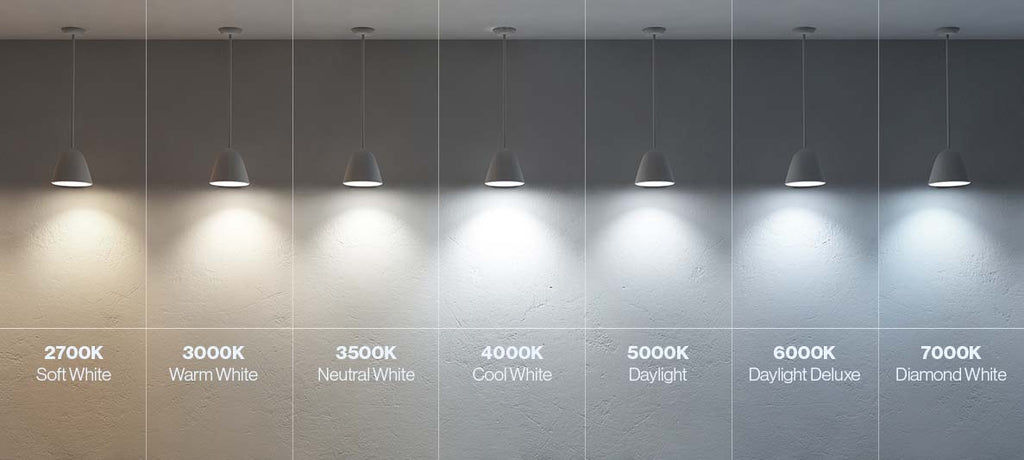Could AI Save Your Trade Career?
Picture an electrician. Do you see them? I would bet that you’re imagining someone in an orange or fluorescent green work vest and a hard hat, bending a pipe or climbing a ladder.
And while this would be an accurate depiction, the workforce is changing. For one thing, the age of electricians on average is on the steady incline (but that’s a conversation for another blog). But the biggest change across the electrical industry is that on the jobsite and beyond things are a lot more digital than you might expect.
With the advancement of tech and developments in AI, some folks have expressed fear that these machines could eventually replace the human workforce. But the reality isn’t so grim. In fact, technology is opening up entirely new career paths in the built environment—many of which don’t even require leaving the trade.

The Labor Shortage Is Real, But So Is the Opportunity
Did you know that there are more electricians retiring than there are entering the trade? This means that the industry faces a growing labor crunch. According to ELECTRI International, for every 10 electricians retiring in the next decade, only seven will replace them. And with electrical scopes expanding due to smart buildings, EV infrastructure and data center growth, the pressure is only going to continue mounting. I’ve been told that innovation is born from necessity, and there is no doubt that this current pressure is sparking innovation.
“We realized we didn’t just need more electricians, we needed different kinds of electricians,” said Kevin Moses, vice president of Big State Electric, one of the biggest commercial electric companies in the South. “The ones who could bend conduit in the morning and coordinate prefab in the afternoon. That’s where the real value is going.”
With AI and other technologies rapidly growing into every vertical, those who learn how to utilize these tools will be the ones who will never be left wanting for a job. That’s simply because these machines and LLMs will always require human intervention—Thats’ where you would find meaningful, tech-driven work.

The Rise of Tech-Based and Remote Jobs
One of the fastest emerging roles is the prefab/VDC (Virtual Design and Construction) coordinator, an experienced field electrician who transitions into a role managing prefabrication efforts using building information modeling (BIM). You don’t need to be a Revit wizard, but you would need to understand how to read and interpret 3D coordination models, recognize constructability issues and collaborate with VDC teams.
These roles bridge the gap between the field and the shop floor, ensuring that what gets built off-site actually fits when it arrives on-site.
In another role, VDC field technicians, who walk job sites with iPads instead of drawings, compare installations to models in real time, and use tools like OpenSpace, Revisto and Autodesk Construction Cloud to verify progress. These field-savvy techs know how to validate layout against digital twins and relay that data back to BIM teams for ongoing coordination.

And for those who refuse to be stuck in an office, these aren’t desk jobs—they’re dynamic, feedback-heavy positions that keep electricians close to the action in the form of site visits and field communication. By transitioning seasoned field talent into tech-forward positions, contractors also retain institutional knowledge, rather than letting it walk out the door with retiring journeymen.
These roles also pave the way for career advancement. A VDC-savvy field tech can grow into a construction technologist or project engineer. A prefab coordinator can move into preconstruction, scheduling or even operations leadership, without needing to earn a four-year degree. If you look at leadership in the industry, you will find most have advanced through the field as opposed to leaning on a degree.

Building a Tech-savvy Trade Workforce
This evolution is also helping attract the next generation. Today’s apprentices grew up gaming on WASD keys, the same controls used in Navisworks to navigate 3D models. When they see that a career in electrical construction involves drones, 360 cameras and digital coordination, it resonates. The real focus on this ever-advancing, technology-driven industry is not to burn the bridge but to build it on the foundation of knowledge that is already in place. As the industry becomes more digital, contractors can’t afford to lose their field expertise. They need to repurpose it. Creating pathways from the field to prefab to VDC isn’t about pulling electricians out of the field, but rather about putting them at the center of technology and innovation. The firms that thrive won’t be the ones who chase talent, they’ll be the ones who grow it from within.


